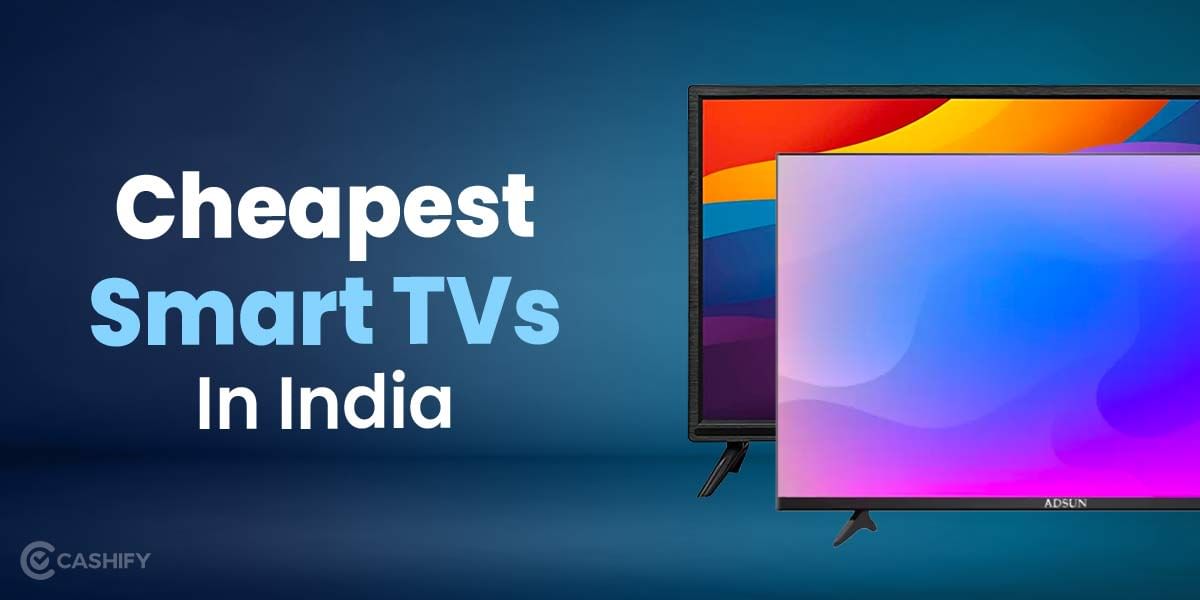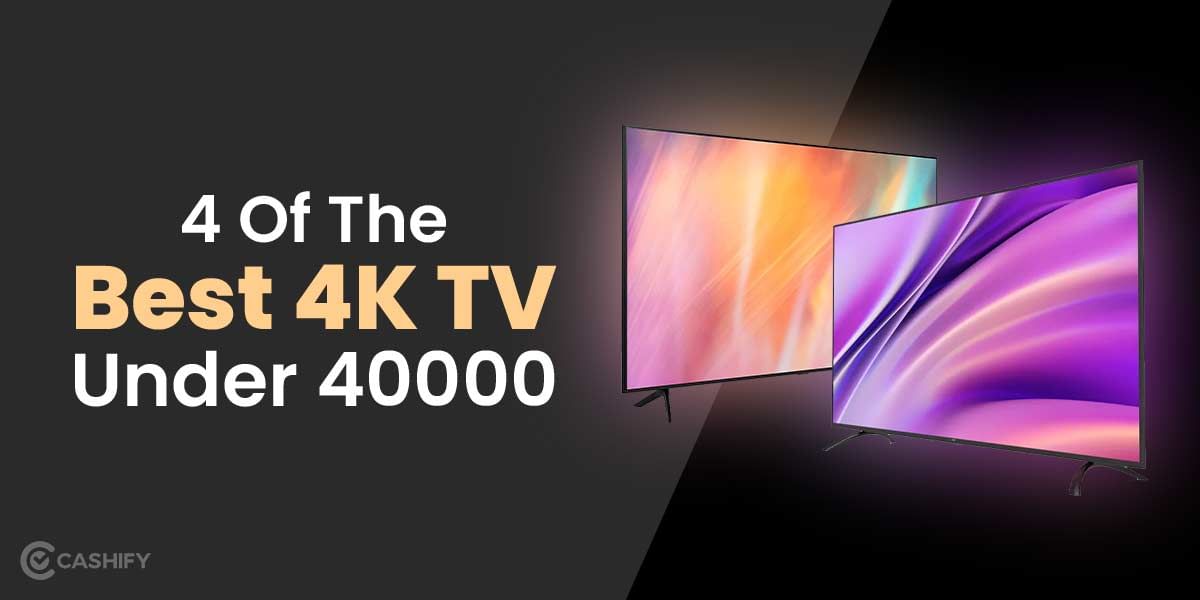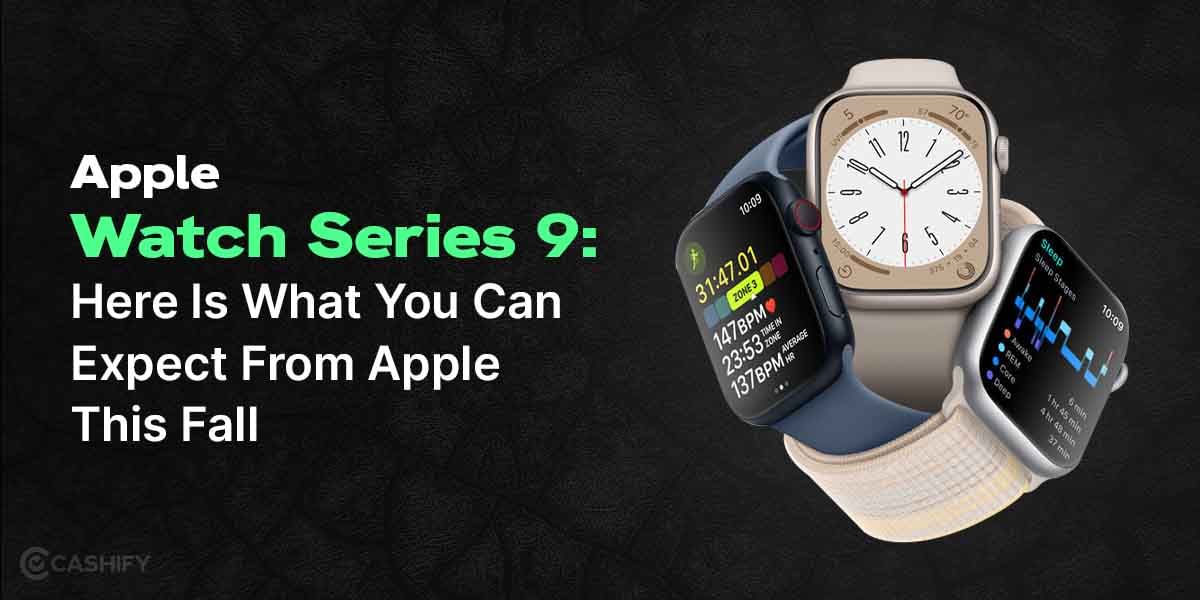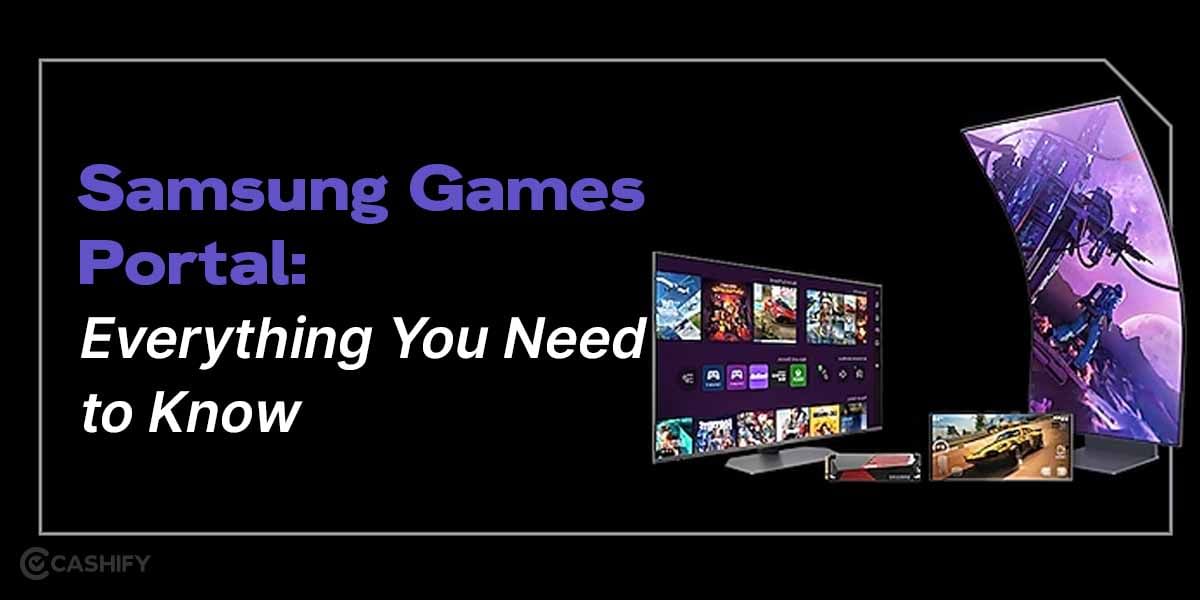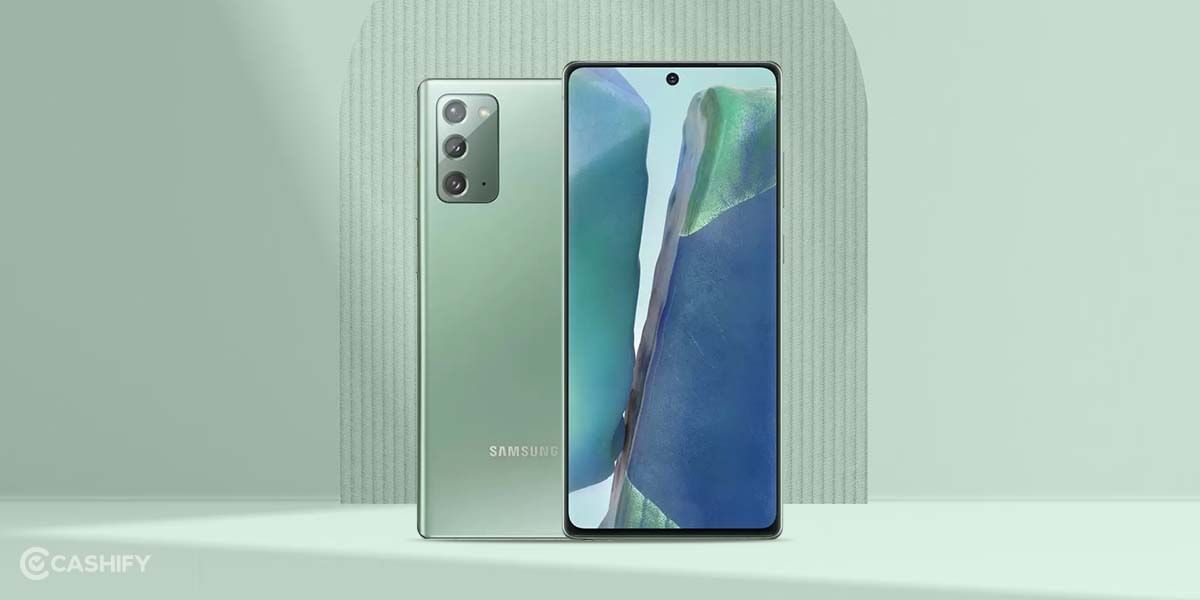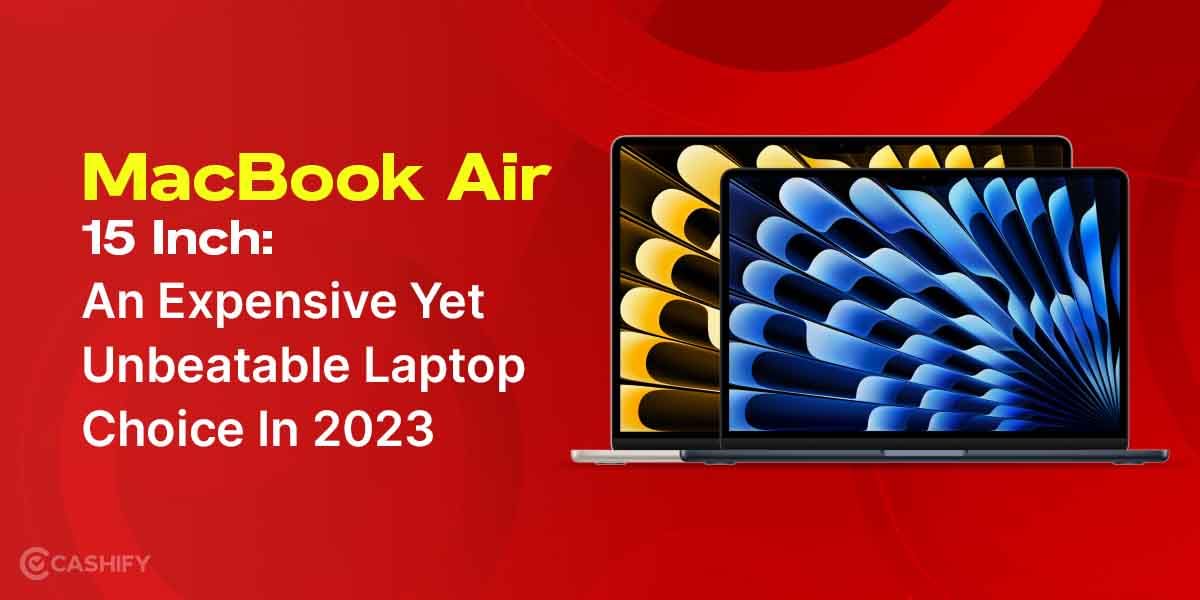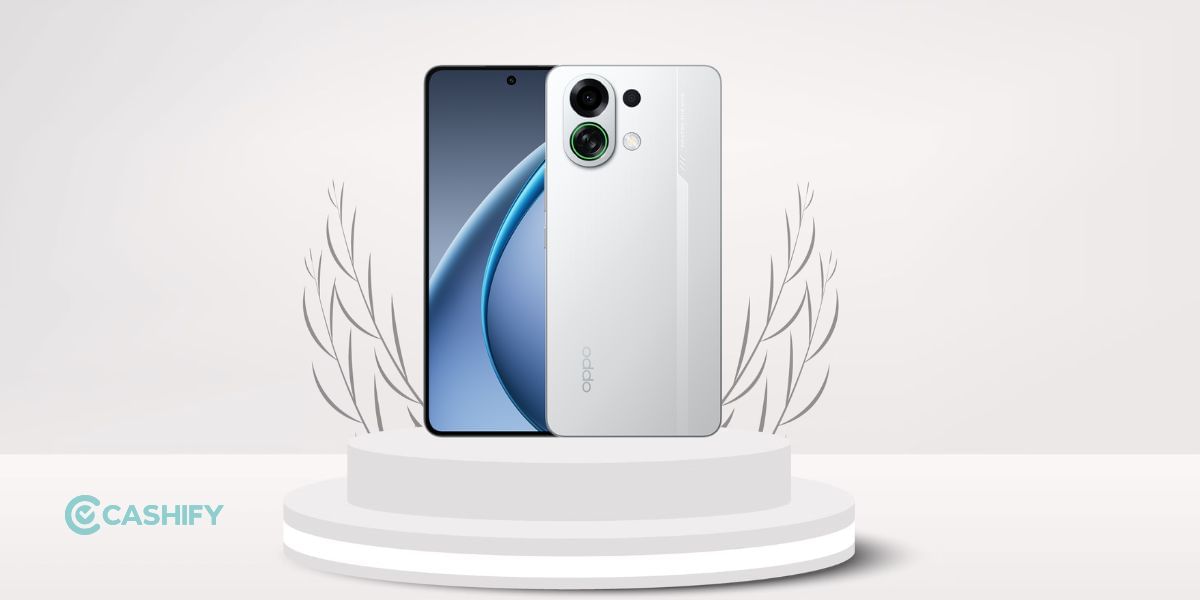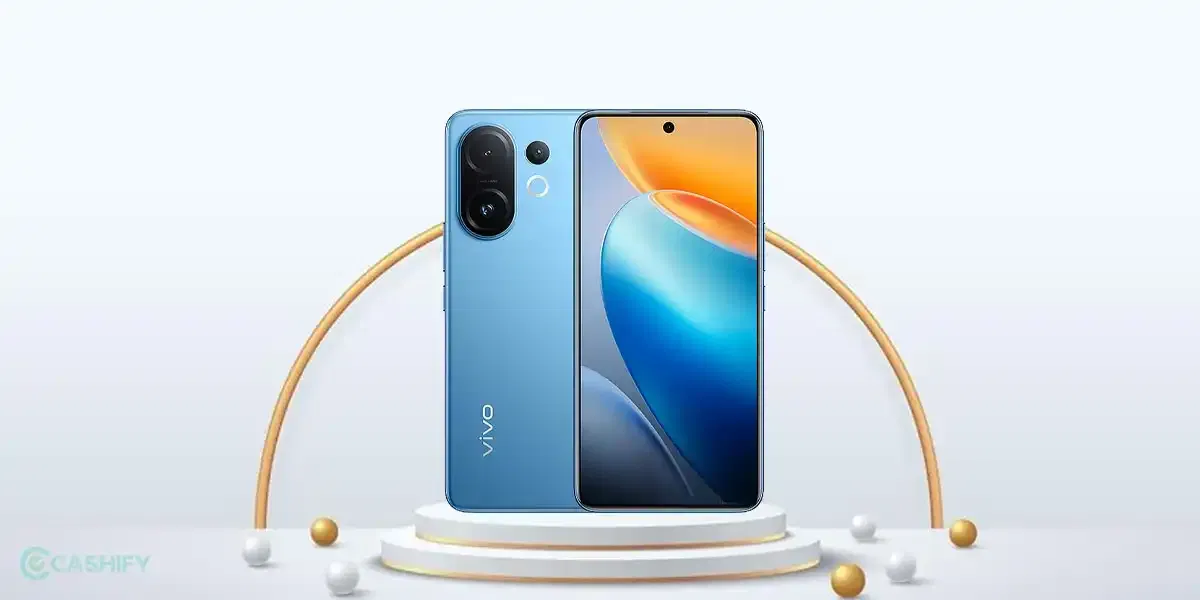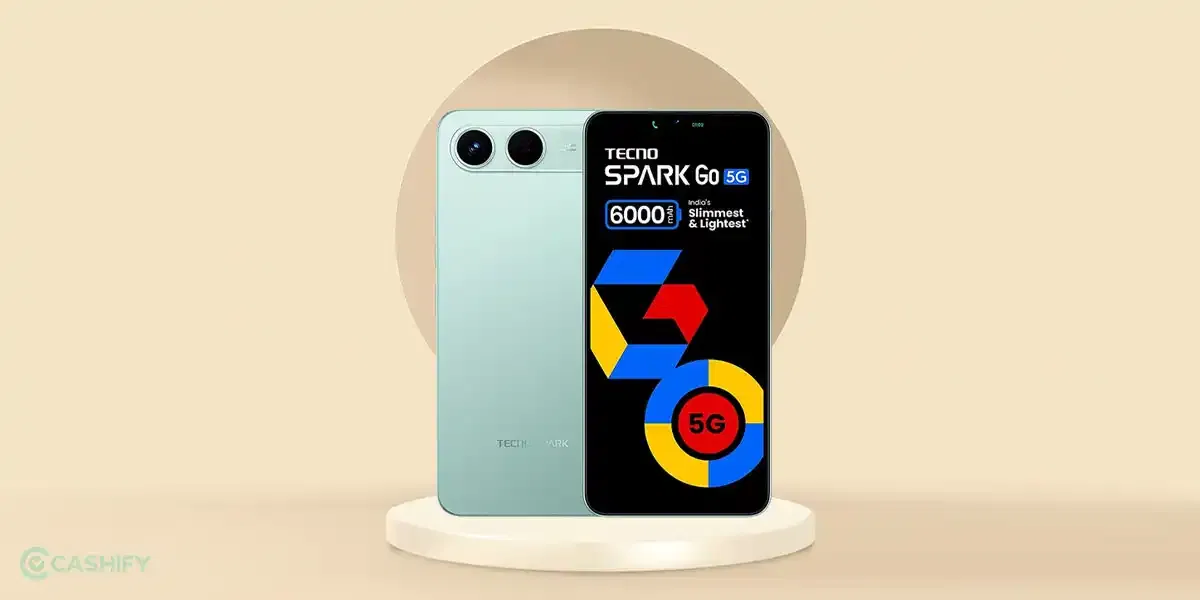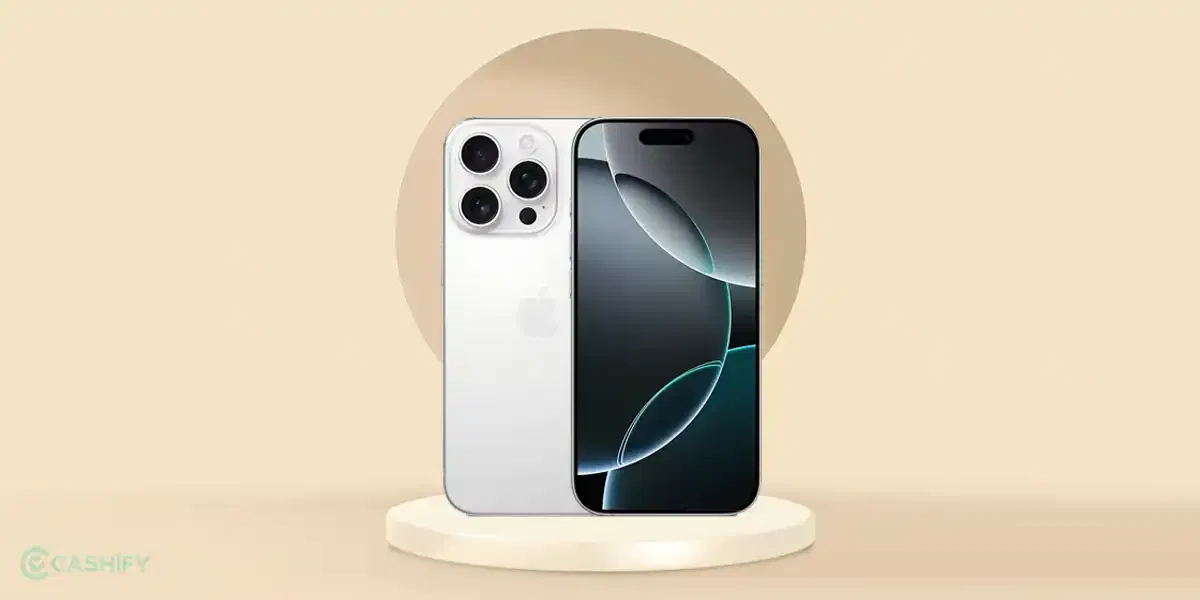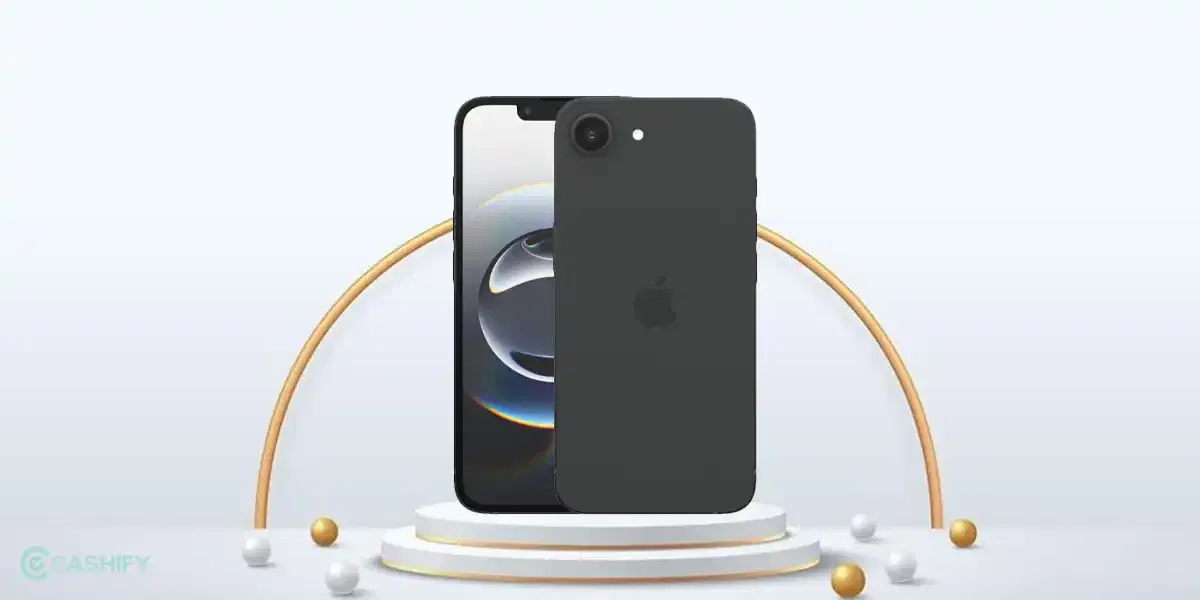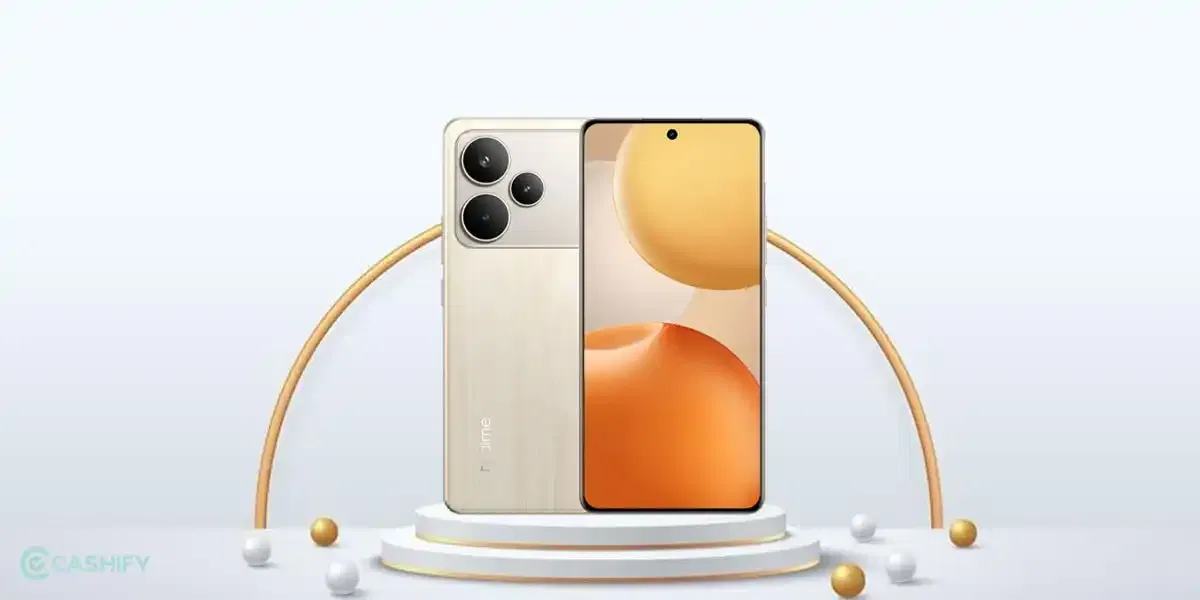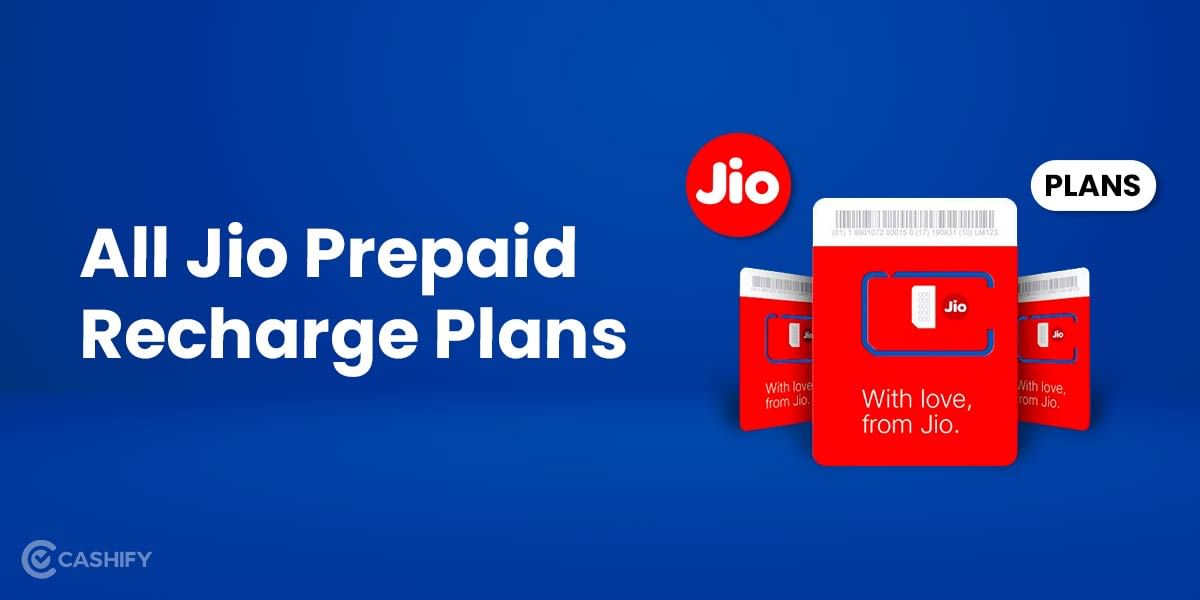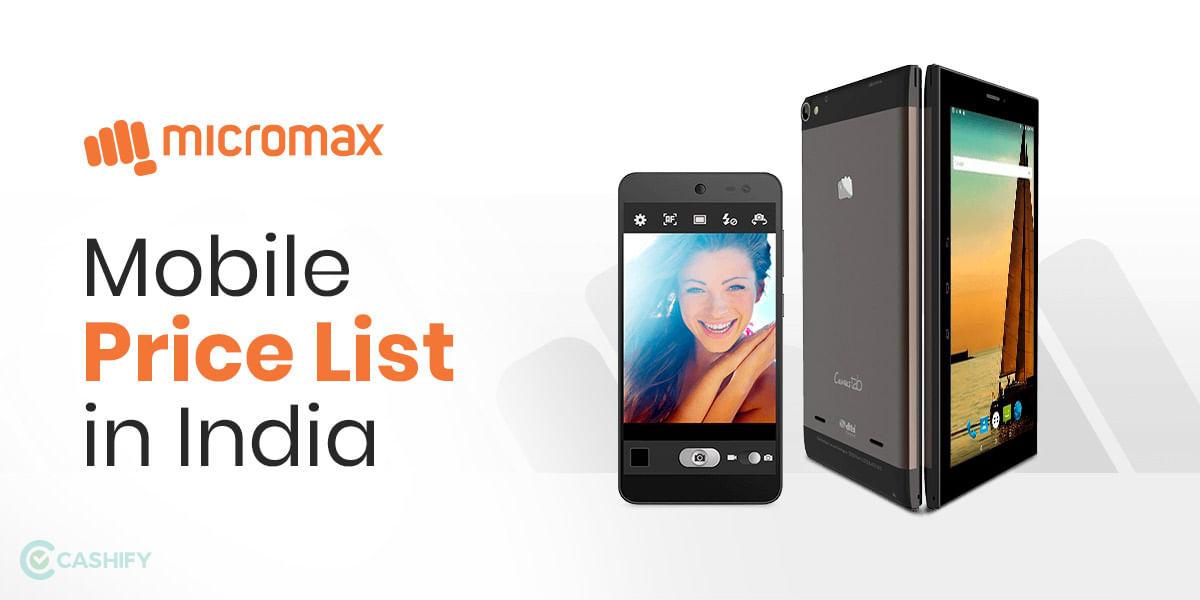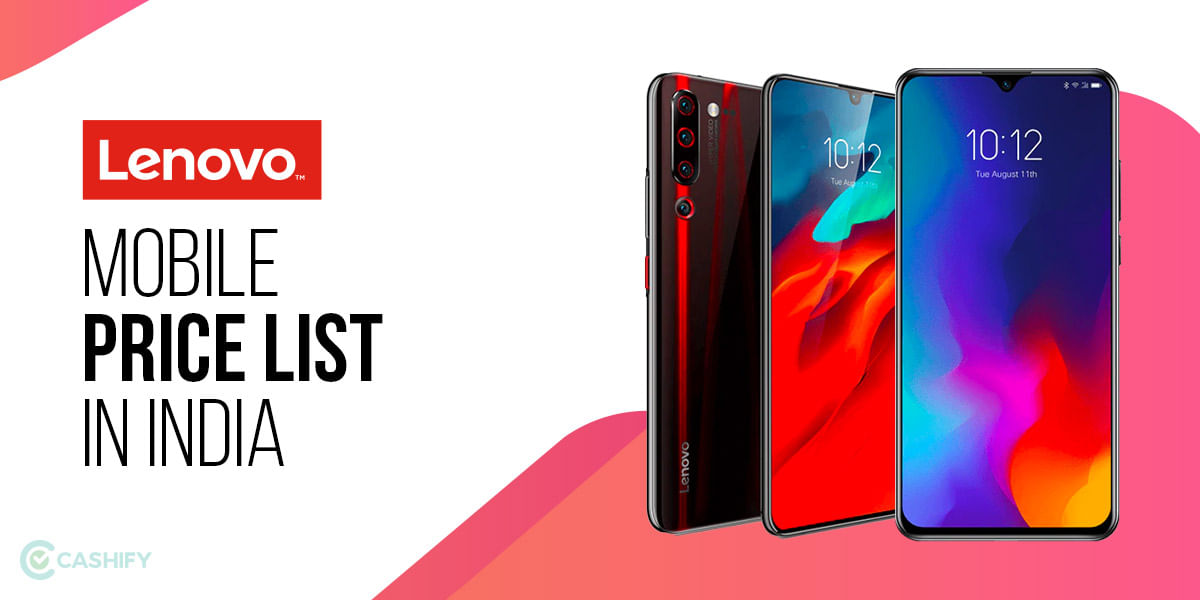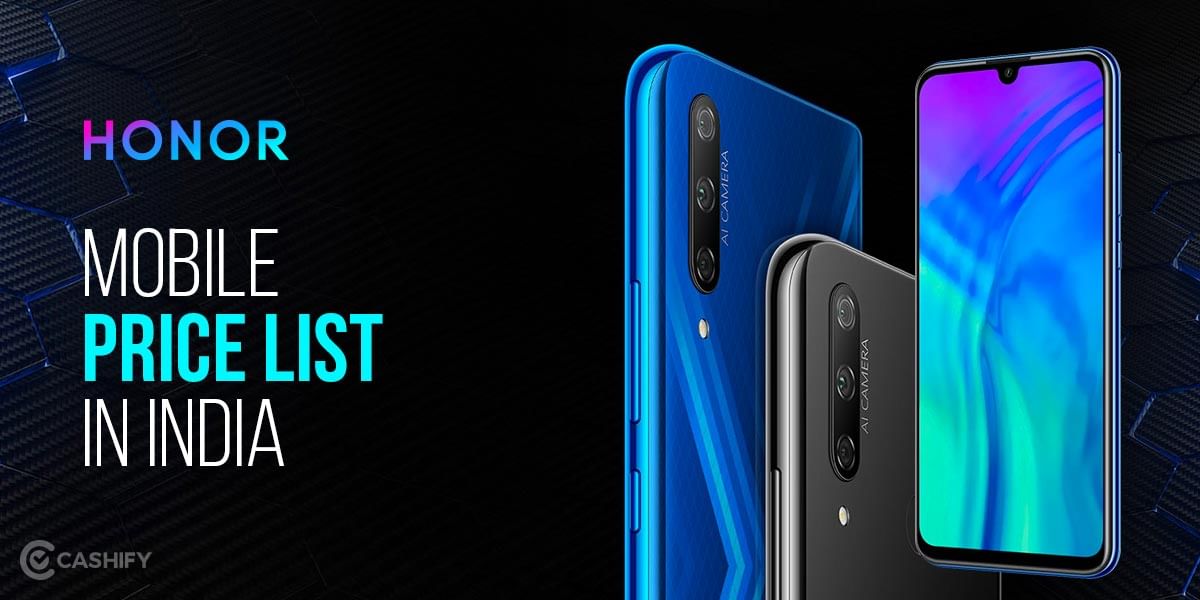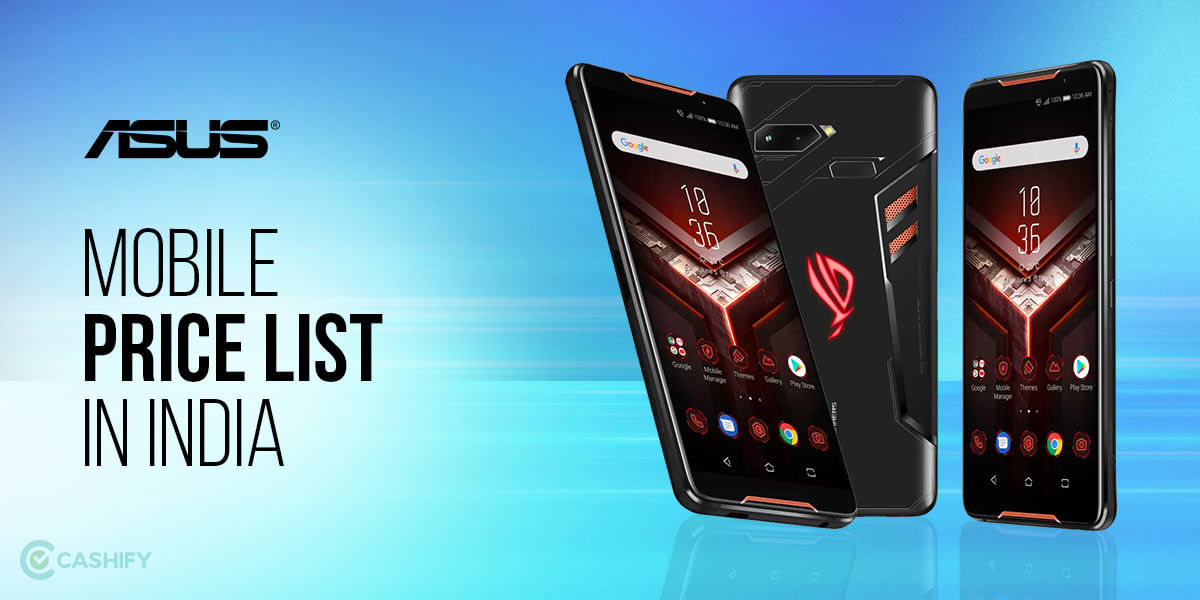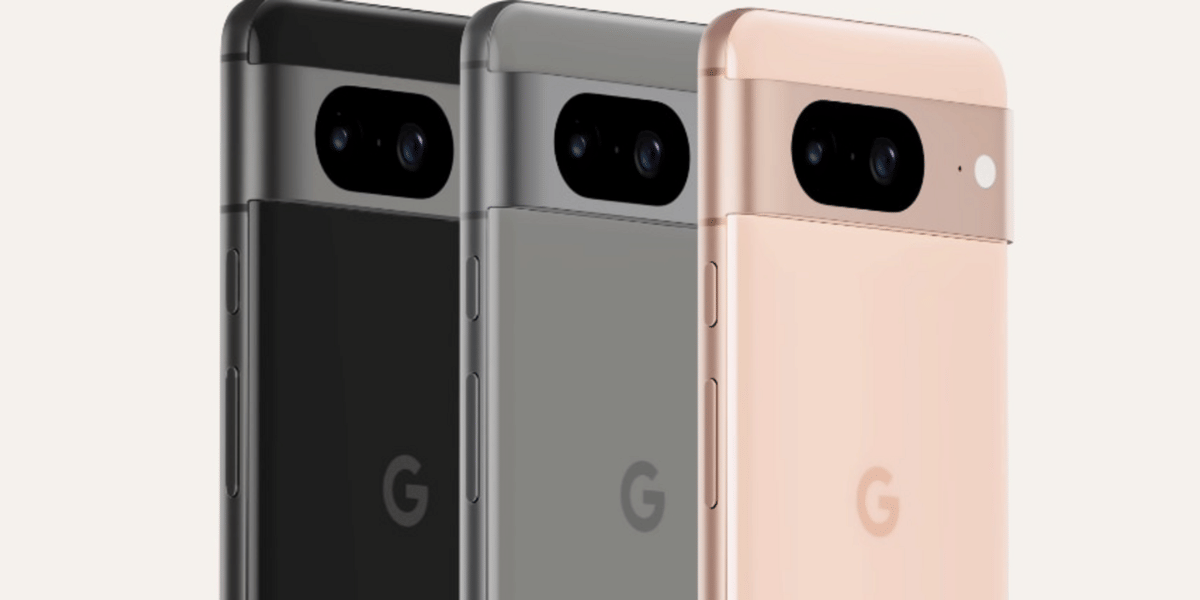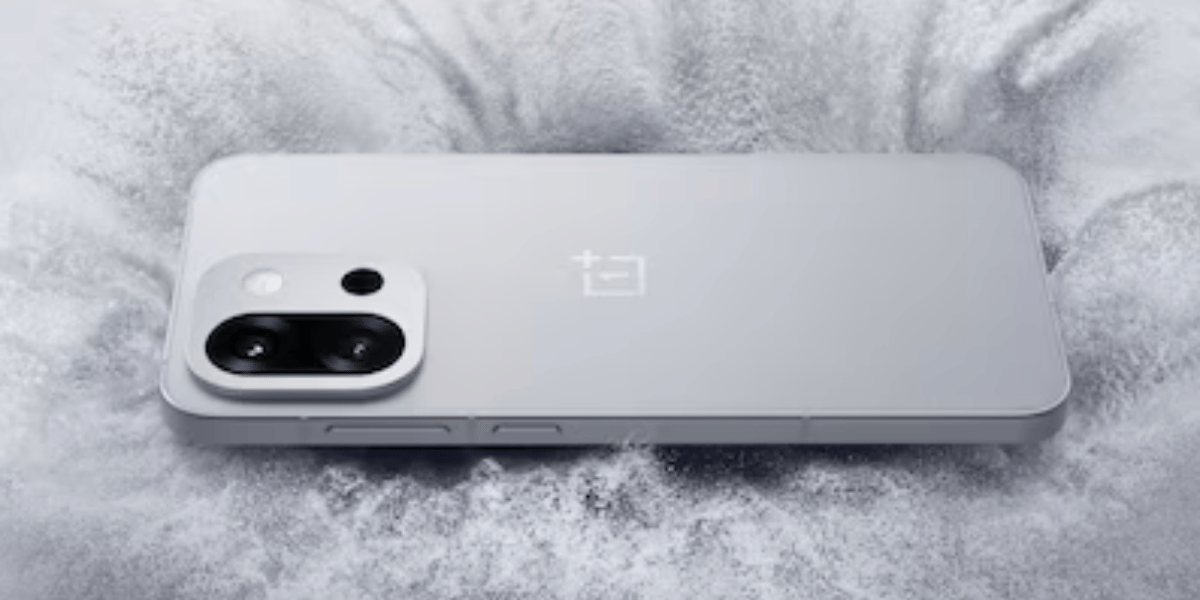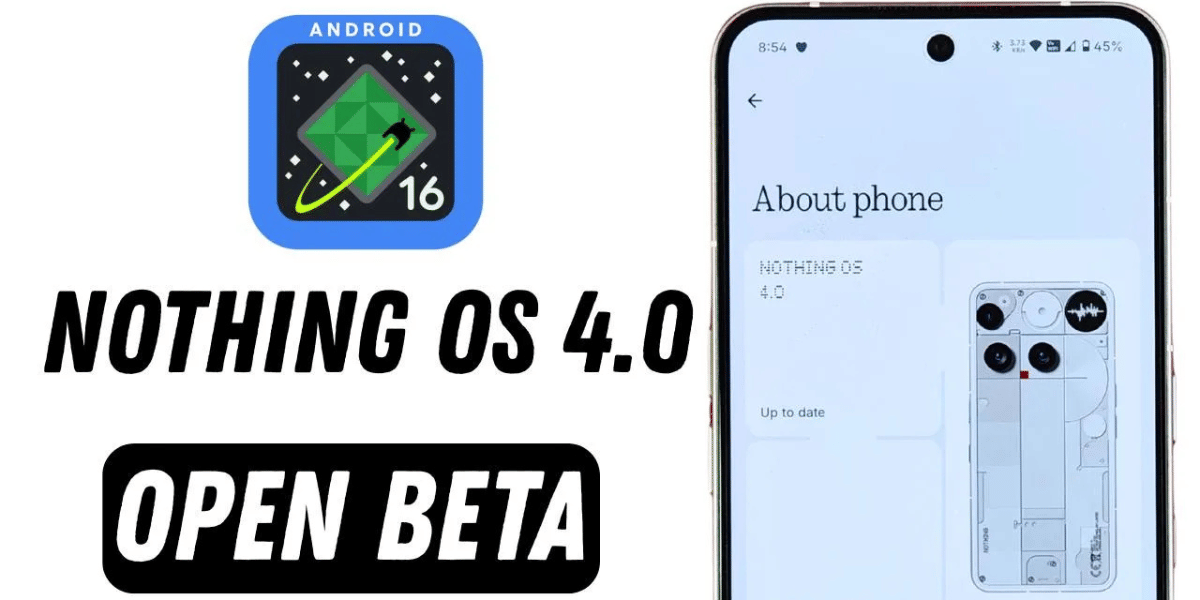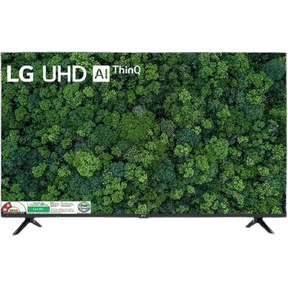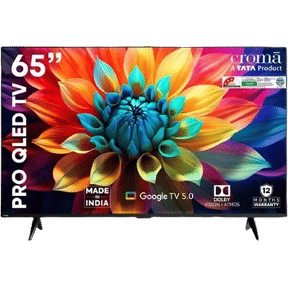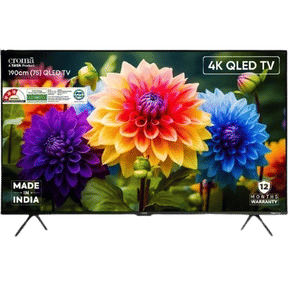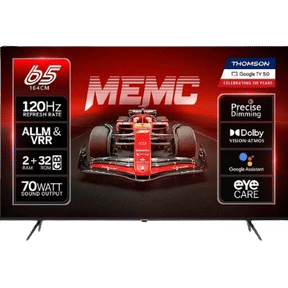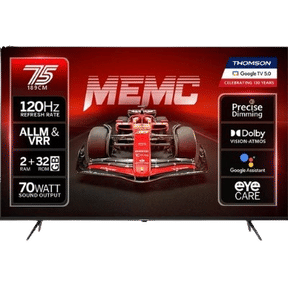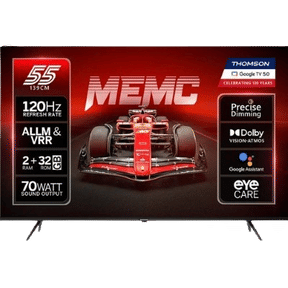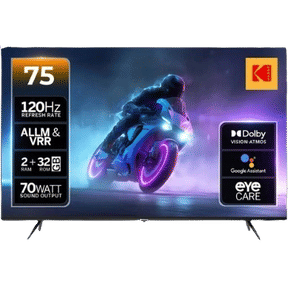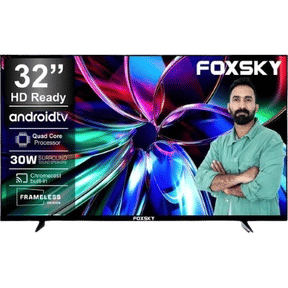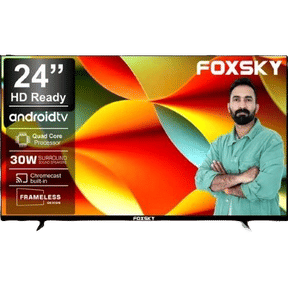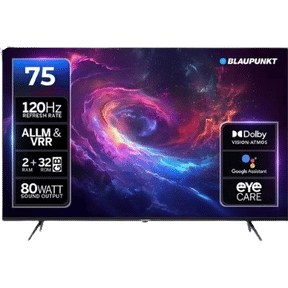At this point, the two most popular display technologies available in the television tech industry are OLED and QLED. You may ask yourself, what sets these two apart from one another and which one is better? The answer isn’t as simple as you think. So let us dive deeper into a few aspects where we see how both of these technologies differ from one another. This will help us to make a sound judgment as to which technology to go for the next tech purchase.
QLED Vs OLED: Which is Better?
Samsung has always dominated the Tv market with their QLED line of TVs. And LG on the other hand has dominated with their OLED TVs. Buying a TV in the market is already a confusing task and with these display technologies, it has become even more difficult.
But before deciding which technology is better, let’s first understand what each technology is about and how it works.
Also Read: TV Buying Guide 2022: How To Choose The Right One?
What is OLED?
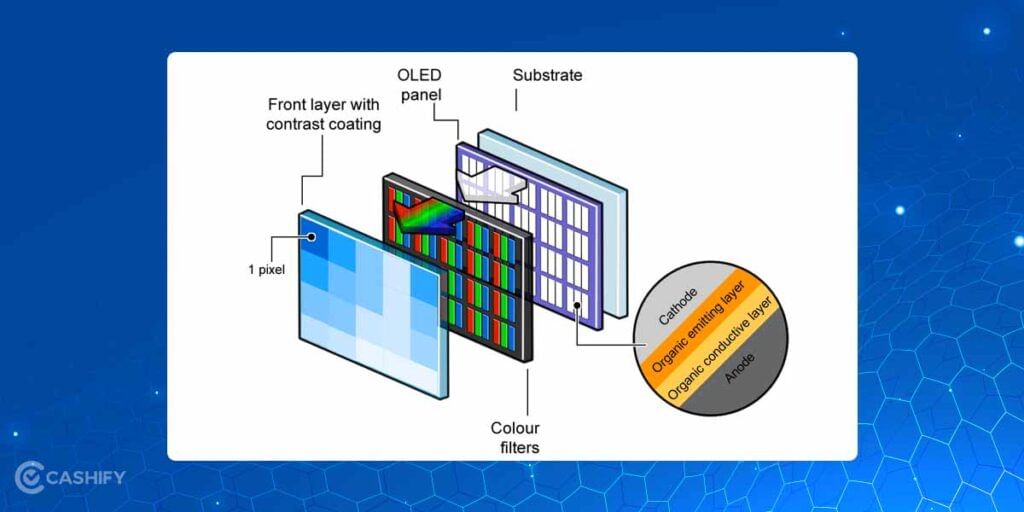
The acronym OLED stands for Organic Light Emitting Diode. The OLED panels feature an organic compound film in the emissive electroluminescent layer which emits light in response to an electric current. Each pixel is treated as a little RGB light bulb, which is illuminated on its own. Unlike the QLED (or LCD/LED) panels, where there’s only one source of backlight.
The major advantage of having an OLED display is that it can achieve deep blacks. And with each subpixel being an individually lit OLED, you can have pixel-level precision over contrast and black levels, something that QLEDs can’t achieve.
How Does It Work?
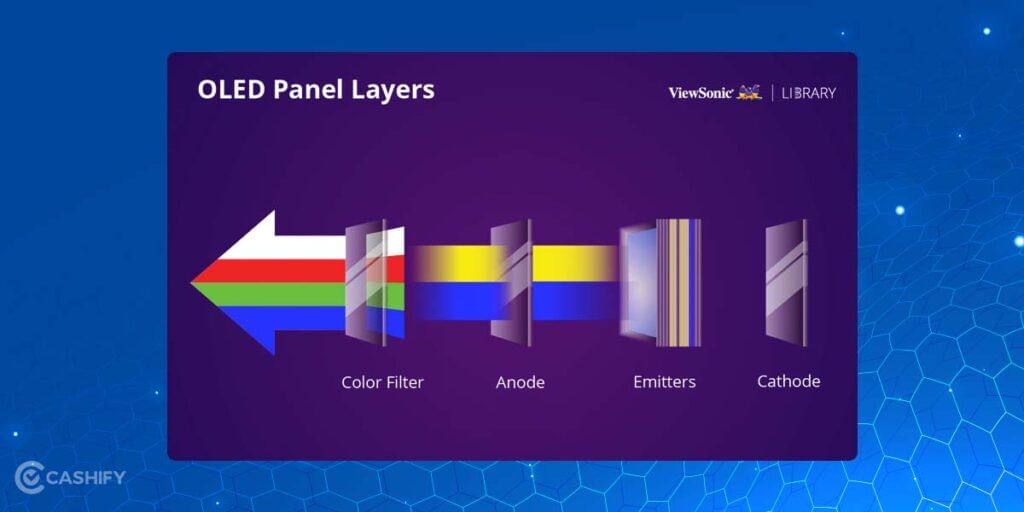
The main components in an OLED screen are two layers :
- the 1st layer (conductive layer) contains the actual colour pixels &
- the 2nd layer (emissive layer) containing light-emitting molecules.
The color pixels send signals out to other parts of the screen through electronic connections. So they’re part of what makes up a traditional LCD or CRT monitor as well. However, it’s not necessary for there to be any wires connecting them all together. Instead special chemicals are used to link them together so they can efficiently transfer energy between each other.
What is QLED?
The term QLED stands for Quantum-Dot Light Emitting Diode. This technology was founded by Sony in 2013, which was soon then licensed and partnered by Samsung and the QLED alliance. An alliance was formed in order to do a cooperative push in making the QLED tech a serious competitor against OLED.
The QLED alliance comprises of world-leading TV manufacturers such as Samsung, TCL, and Hi-Sense.
How Does It Work?
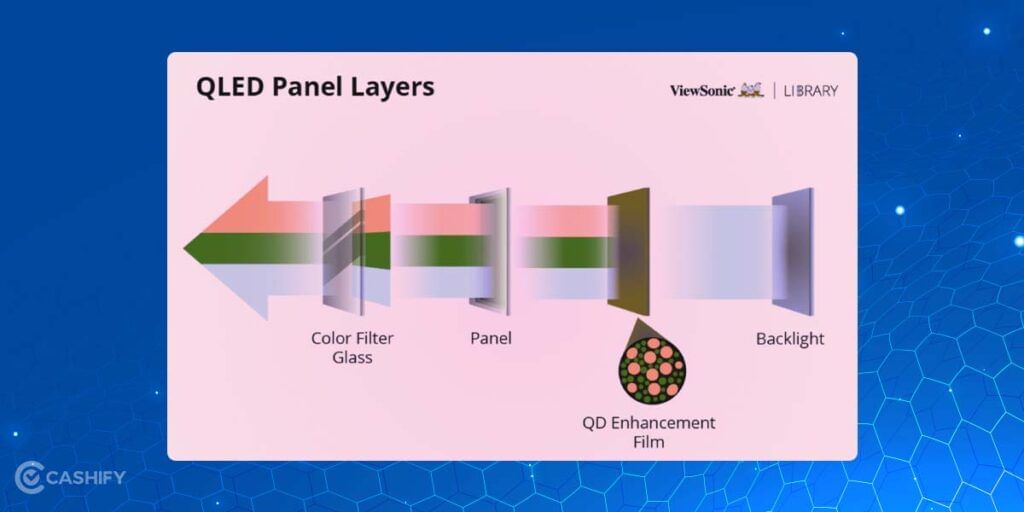
This Quantum dot tech is based on the principle of LCD/LED tech and the panel has backlighting at its root. The QLED panels at its core contain a layer or film of Quantum dots in front of a regular LED backlight. The layer is made up of minuscule particles, which can produce their own individual colour (backlight) depending on their size (typically ranging from 2 to 10 nm).
All in all, we can say that the QLEDs are LED panels with a tiny Quantum-dot film on top of it, reflecting lights in the form of RGB.
Also Read: AMOLED vs LCD: Detailed Comparison, Which One Is Better?
QLED Vs OLED: Which one has the better picture quality?
Even though the difference isn’t a deal-breaker between these two display technologies and QLEDs are coping with the OLED tech more than ever. OLED panels simply win this round from QLED mainly due to the unmatched contrast ratio offered. As there isn’t any need for a separate backlighting source; it can produce mesmerizing and infinite black levels, producing breathtaking picture quality.
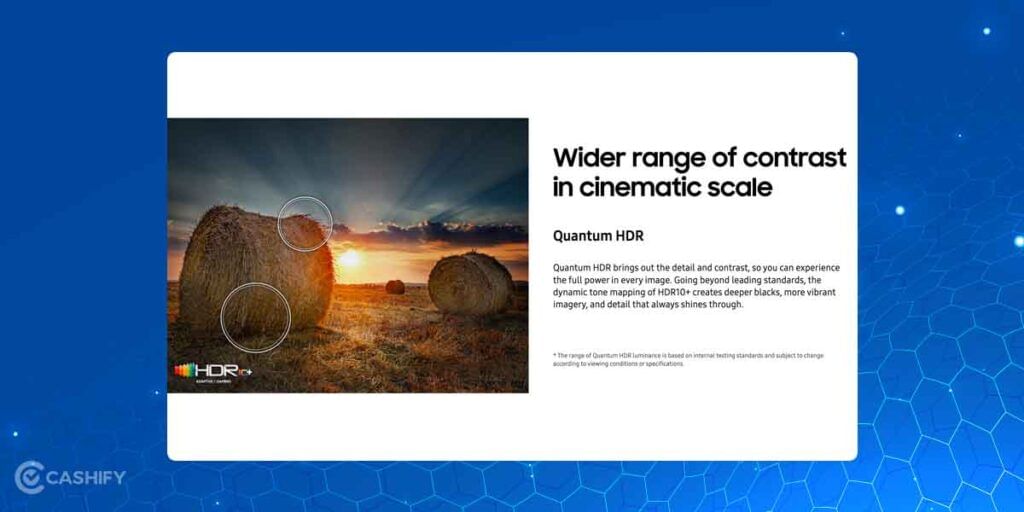
On top of that, The OLEDs are usually more supportive than QLEDs regarding licensed format types, i.e. Dolby Atmos or Dolby Vision. Generally, OLED panels come with in-built Dolby Vision. Whereas the QLED TVs from popular distributors such as Samsung do not support Dolby Vision and arrive with HDR10 (which is an alternative and popular format in HDR technology).
QLED Vs OLED: Which panel is more suitable for gamers?
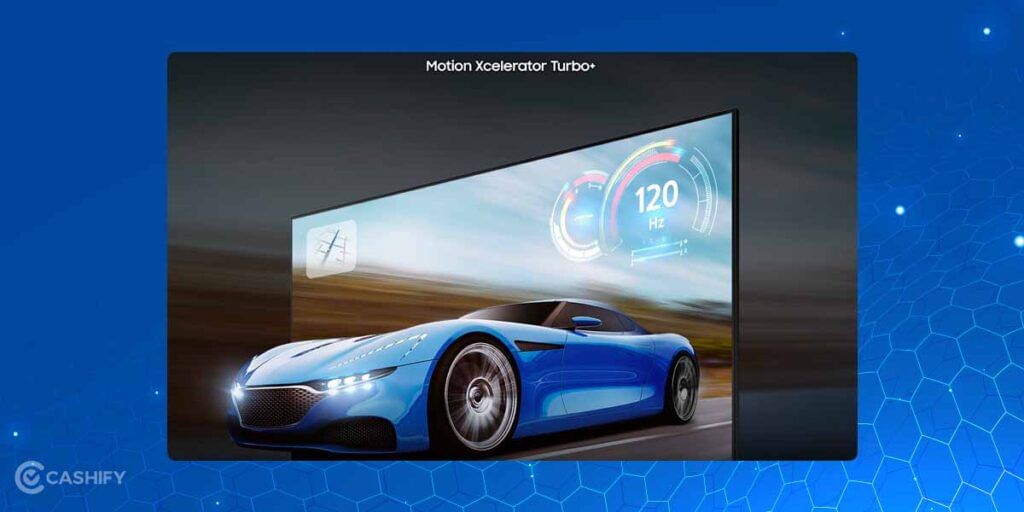
It’s a tough call, both of them have their own pros and cons for an intensive task such as gaming. Response time is a crucial aspect in deciding which monitor is better for gaming. The standard response time with a QLED display is between 2 and 8 milliseconds. While OLED’s response time is about 0.1 milliseconds.
The responsiveness in the OLED panels is the highest among the competition. So you will find the OLED panels to be more fluid while playing your favourite titles on your Xbox or PlayStation. Clearly, OLED displays are much better for gaming as each millisecond matters in gaming.
Also Read: TV vs Monitor: Which One Should You Buy?
QLED Vs OLED: Which panel is brighter?
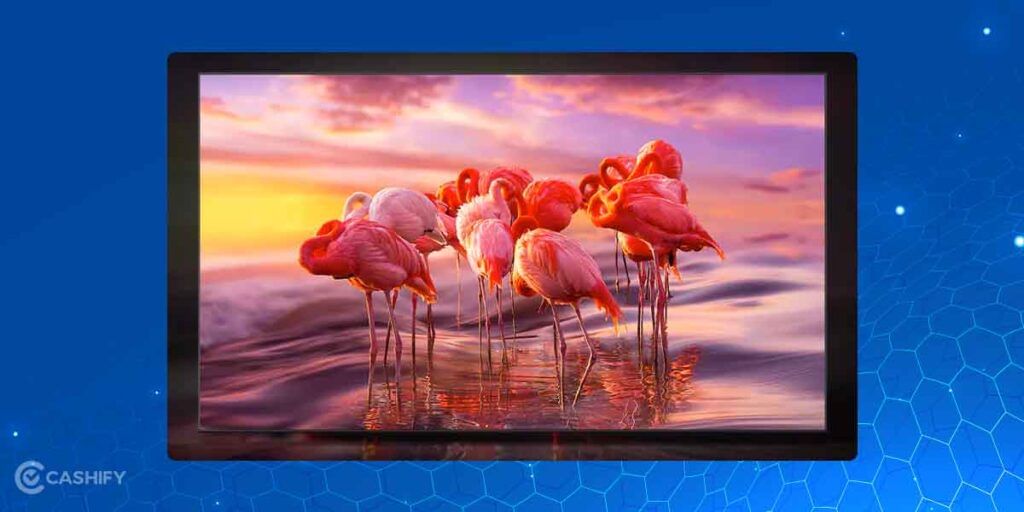
The peak brightness on QLED panels varies for different price point options and can reach up to tremendous 4000 nits (thanks to the separate backlighting).
OLED panels on the other hand max outs typically for 1000 nits of brightness. Which in our opinion isn’t something you would really notice while consuming your normal TV shows; but can make a difference while consuming HDR content. The jet blacks and deeper shade tunings however balance it out for the OLED panels. But, if having a bright panel is something that you’re looking for? QLED takes the crown.
A better approach would be accounting for the size and light intensity of the room, where the device is being placed :
Light Intensity: QLED for the bright rooms & OLED for the controlled ones. The QLED display tech consists of a separate backlight and Quantum dot mechanism. It allows it to produce light at a higher intensity than traditional LEDs. This means that the pixels on the QLED screen will appear brighter than traditional ones do because they emit more light/square inch than regular LEDs do, it can achieve up to 4000 nits of peak brightness.
Hence, the QLED panels are preferable where the rooms are rather bright, and the sun rays are excessive.
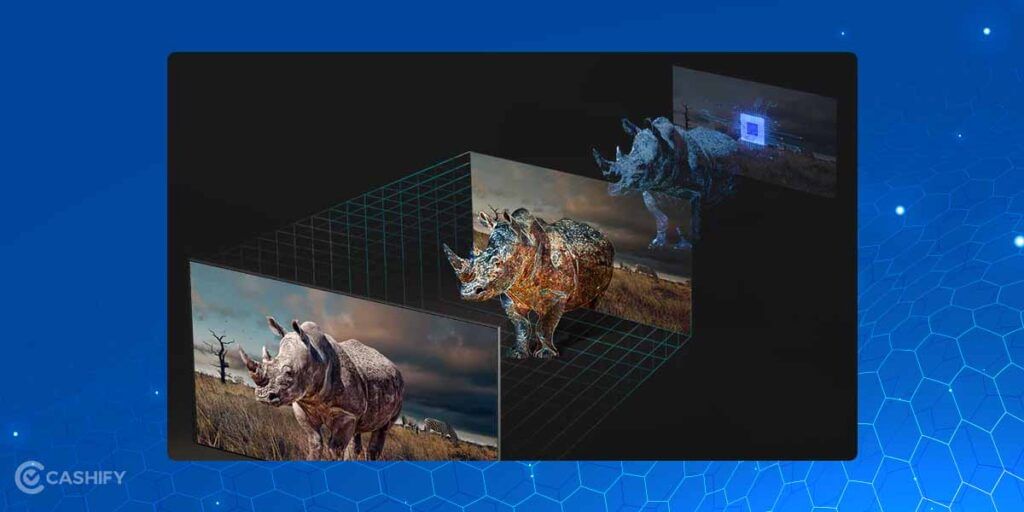
OLED panels on the other hand, in spite of being capable enough, reach at sub-1000 nits at tops, due to the lack of a proper backlight. So the OLEDs are more suitable where there are controlled lights, or the rooms are rather dark. And thus, OLED TV panels are preferable where there isn’t access to direct sunlight.
Size of the room: OLED for smaller to medium & QLED for medium to larger
Because each individual OLED on its own, OLED provides better viewing angles from every corner, so that no one misses out on the texture or detail. It might be an inevitable choice for a smaller or medium-sized room.
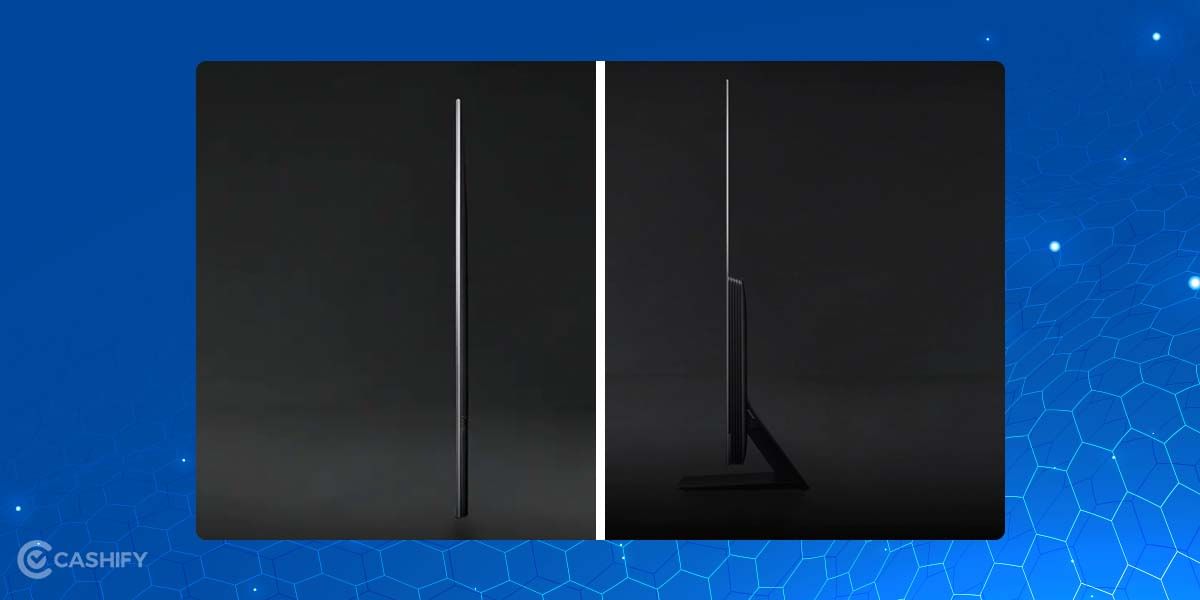
OLED panels are the thinnest panels, so thin that sometimes it comes with a separate connector box, using which we can connect our different peripherals such as HDMI or cable connections. Thus, if you have space constraints or you simply want a flush wall-mount setup, OLED is the way to go.
The price of OLED panels varies greatly depending upon the size. It can go up to twice as much for the increase in the screen size of just 10-15 inches. And as the distance increases the picture quality seems to be the same whether it is an OLED panel or QLED. And thus for the medium to larger-sized rooms, the QLEDs would be a bit more cultivated choice.
Also read: 5 Best Gaming Monitors To Buy In India May 2022
QLED vs OLED: Issues
The Issue of Screen Burn-in in OLED
The OLED panels sometimes encounter the issue of screen retention / burn-in. The issue of screen burn-in is developed when you leave on the display for continuous several hours at the same projection, such as a TV channel logo or game statistics. The screen retains it as if it is part of the display. However major companies claim it to be 4000 hours for the burn-in to occur, it is always something to have in mind.
If you consume content only through the internet, or OTT platforms, there isn’t much to worry about, as the content providers already tackle it by providing varying structures.
Blooming Effect in the QLED:
The earlier generations of QLED panels were sometimes used to show a blooming effect (halo around the bright objects). But with advancements in the TV industry, it has been overcome. Samsung has implemented a new filter to deliver richer contrasts, but the jet blacks are still not as good as it is on the OLED displays.
QLED vs OLED: Price point
QLED panels are available for varying price points, making them accessible to every consumer. OLED panels are expensive, and the cost differs based on the screen sizes. If you do not have budget constraints, we encourage you to go for the OLED panels and if you just want the best bang for your back, QLED it is.
Also, it is worth mentioning that there would be a marginal difference in the screen quality between a mid-range QLED TV and a premium tier one, whereas the display quality would be almost the same for the different price brackets in the OLED panels.
Bottom Line:
Whichever type you go for, once it’s home, you’ll enjoy it, as both of these panels are versions of excellent technologies. And you’re not going to notice the difference from the comfort of your living room; as of course, we don’t place 2 TVs side by side unless it is a retail shop or business such as Croma or Reliance digital.
Also read: How To Sell Old Tv Online And Get Amazing Buyback Value?




